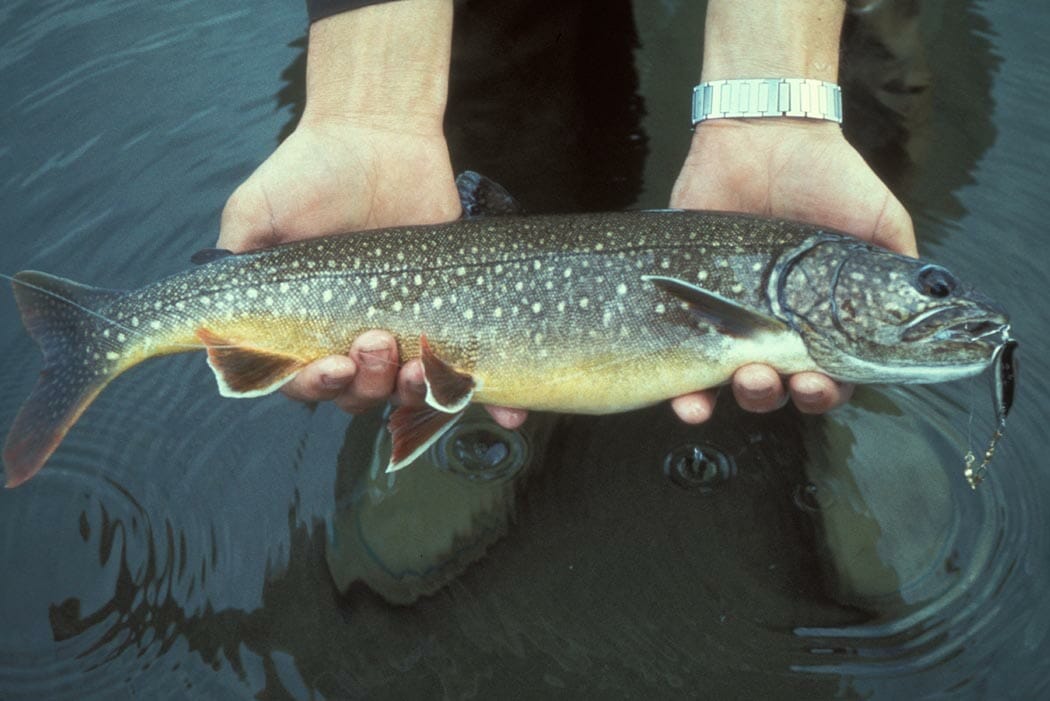Lake trout are making a comeback in Lake Michigan.
Lake trout, the oft-maligned deepwater char that took over Yellowstone Lake and literally ate the native cutthroat trout out of house and home over the last two decades, is actually making a comeback in some of the Great Lakes, where it’s native. While it is, indeed, a scourge on native trout in the West, in its native waters, its habitat has declined and it, too, has been impacted by non-native fish, namely the sea lamprey that showed up in the Great Lakes in ship ballast as early as the 1930s.
Efforts to rebuild stocks by targeting lamprey and and regularly stocking lake trout into the Great Lakes is starting to pay dividends, and this winter, the Wisconsin Department of Natural Resources is recommending a new order to allow for the harvest and targeting of more lake trout in Lake Michigan. It’s a feel-good story, for sure. Another feel-good story? Yellowstone’s native cutthroat trout are rebounding thanks to efforts to rid the Yellowstone Lake of non-native lakers.
Funny how things work sometimes, huh?
From one corner of the Great Lakes to the other, there is real worrry that the waters of Lake Ontario are getting to be … too clean. That, of course is due to the non-native invasion of zebra and quagga mussels that filter plankton from the water column (each mussel can filter up to a liter a day!) and rob baitfish like alewives of an important food source. And, if the baitfish struggle, the fish that eat them—the prized gamefish of the Great Lakes like steelhead, chinook salmon and Atlantic salmon (all, it should be noted, are non-native, too)—begin to wane, as well.
Finally, some good news for native anadromous fish in California. The Eel River, which winds through towering redwoods along the Lost Coast south of Eureka, is being targeted for full-on recovery thanks to the efforts of California Trout and, of course, Trout Unlimited and other partners. There are no hatcheries on the Eel (which is named for its run of Pacific lamprey—not disimilar to the fish that took a literal bite out of the Great Lakes lake trout all those years ago), which makes it the perfect river for the recovery of native steelhead and salmon. The video above is a story of hope in the face of many challenges facing the Eel, from logging, drought, migration barriers, water diversions and the like.
Nevertheless, every year, wild fish return. With a little help, meaningful recovery on the Eel is possible.
— Chris Hunt



